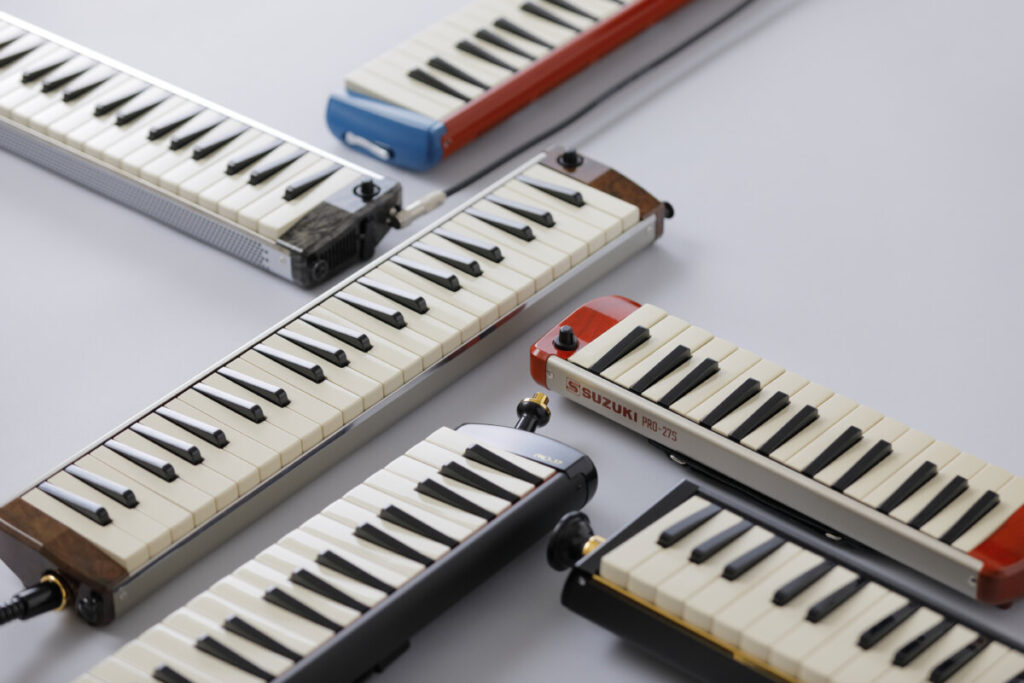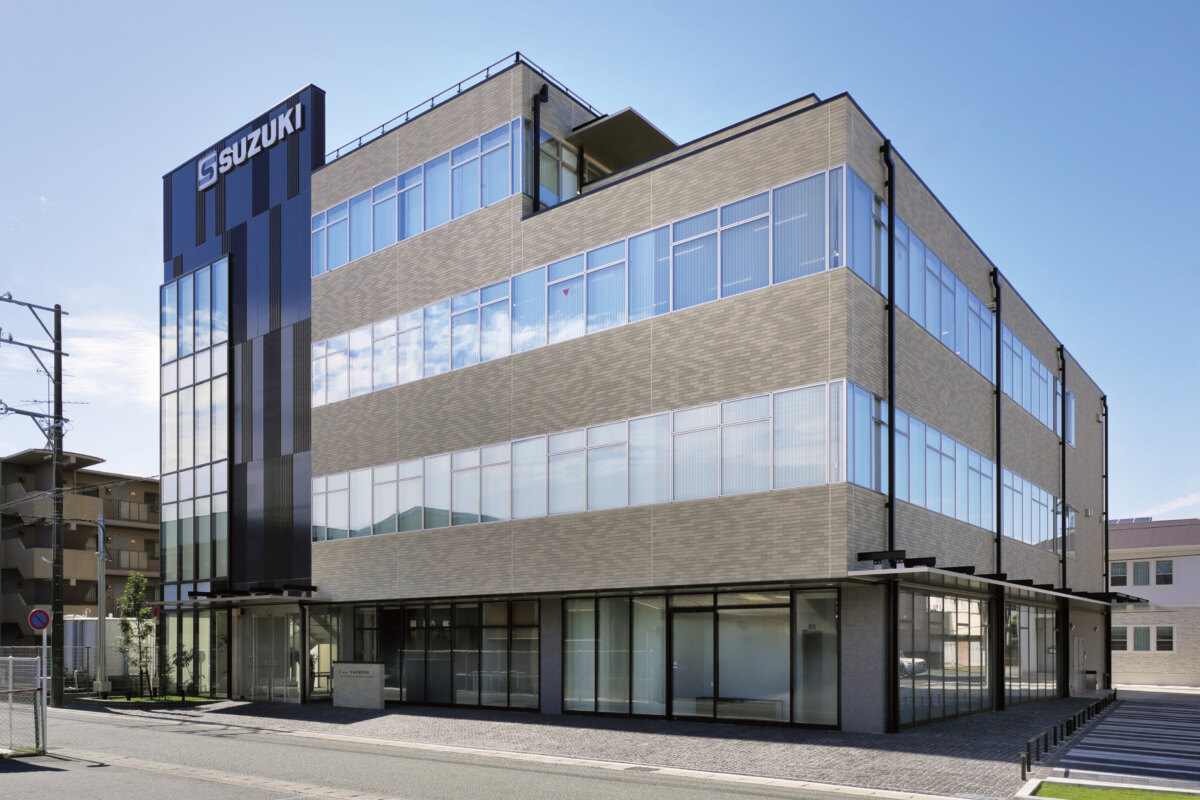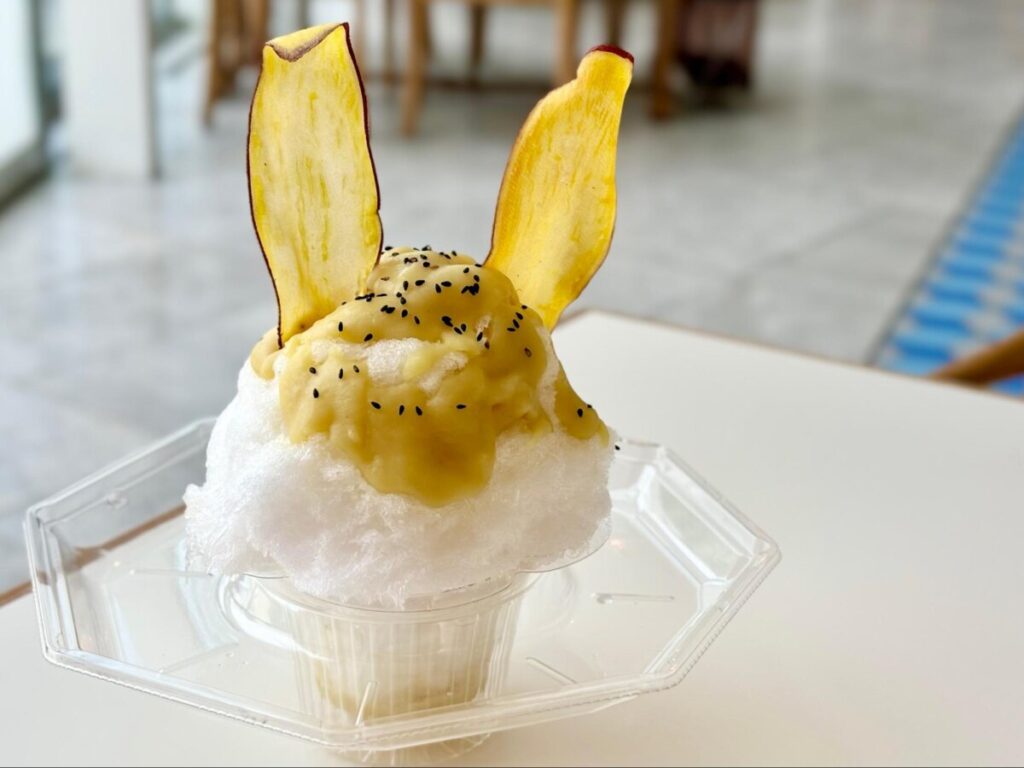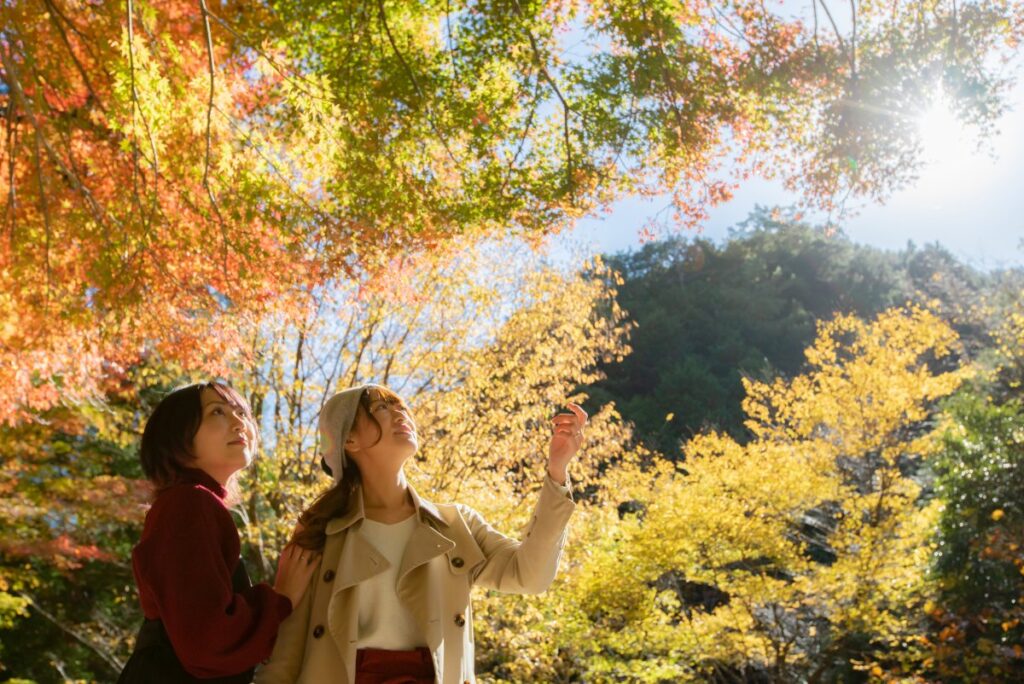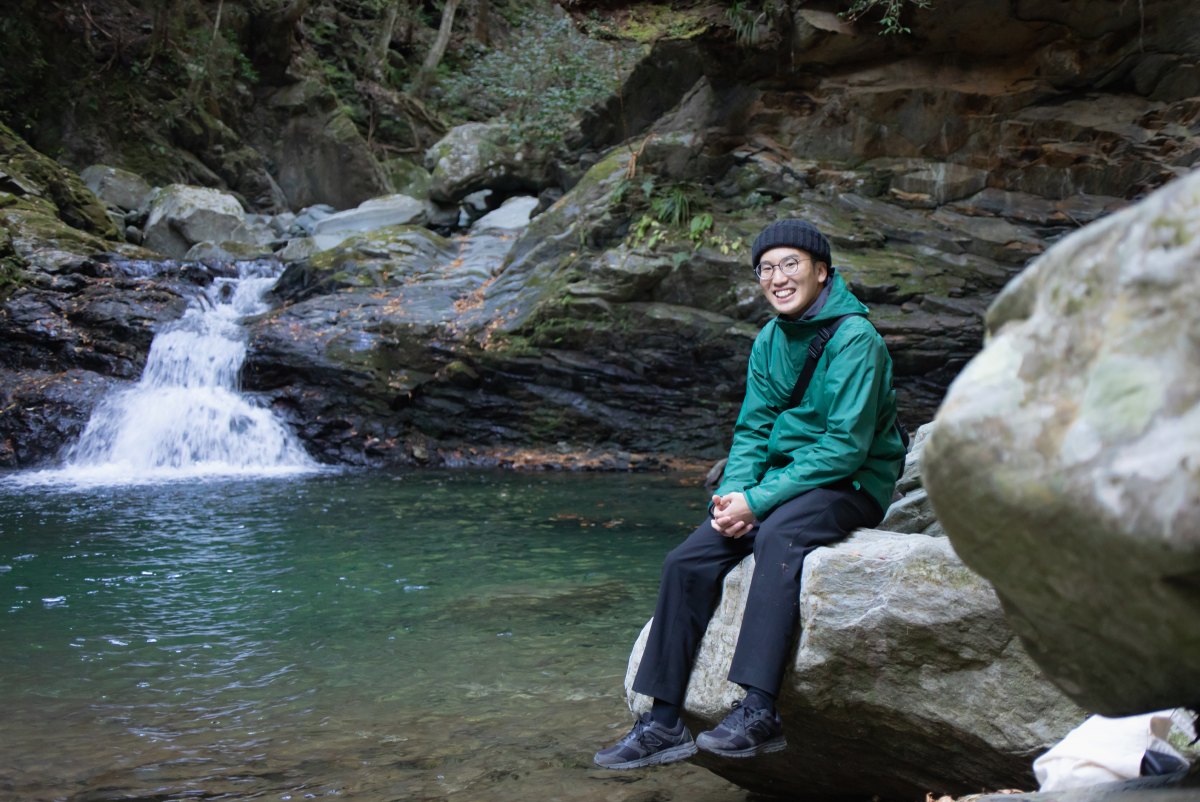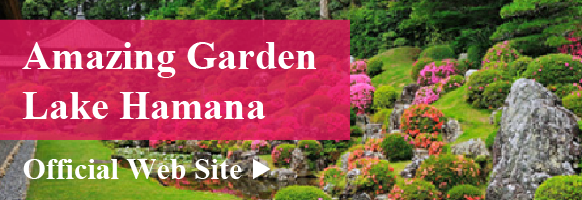Get to Know Hamamatsu

- Watch
Lake by the Sea Report: Walking the Hime Kaido Route — Kiga to Mikkabi Edition

I decided to walk down Honsaka-dori (commonly known as Hime-kaido), which has been a side street of the Tokaido since ancient times and has been visited by many travelers.
Last time, I walked from the Amma starting point in Chuo Ward, Hamamatsu City to Kiga-shuku in Hamana Ward.
This time, I would like to continue walking from Kiga-juku to Mikkabi-juku.
The atmosphere is different from the section I walked last time, with cobblestone streets and historic sites scattered throughout.
This is a journey where you can feel the vestiges of the past, when many travelers came and went.
I walked around feeling like a person from the past, so I’ll tell you what it was like.
Walk from Kiga-juku to Mikkabi-juku

First of all, the starting point of this trip is “Kiga Yotsukado,” the center of Kiga’s post town.
The Kiga checkpoint was located here, and now only the roof of the checkpoint from that time remains.

A waterway called “Yougaibori” extends westward from Kiga Yotsukaku, was dug to protect the checkpoint, and connects to Lake Hamana.

Continuing along the waterway, you will arrive at a small park.
This is a park called Akaike-sama Park, which was destroyed by the Meio Earthquake that occurred about 500 years ago.
It is said that this is the place where the deity of a shrine located in Arai-cho, Kosai City, south of Lake Hamana, was washed away by the tsunami and washed ashore.
Although it is now a small park, the teachings of our ancestors that the tsunami from the great earthquake reached this place are still being carefully preserved.

The sacred object that washed up in Akaike-sama Park was moved to Hosoe Shrine in the north of the park and enshrined there. The Gion Festival, which is held every July, is a little different in that the deity is put on a boat and brought back to Lake Hamana, and then brought back overland to the shrine. A Shinto ritual called “Kojo Togyo” is held here.

At the edge of Kiga-juku, the Masugata still remains only on the south side. Masugata refers to a curved road to prevent invasion by foreign enemies, and can sometimes be seen in old post towns.

I want you to carefully observe the stone wall here. A gourd-shaped stone is set in it. I’m not sure why they put stones in this shape, but it might be interesting to imagine what the stone wall craftsmen thought.

Kiga Sekisho loophole at the time: dog pass
Kiga-shuku still retains many traces of its time as a post town on the Hime Kaido. I don’t have enough time to observe everything, so I hurry to Mikkabi.

After leaving Kiga, the road is paved with asphalt for a while, but along the way there are cobblestone roads and roads that are impassable to vehicles due to rough roads.

Left: Remains of the repair hall pine; Right: Koinsa (photographed on another day)
There are many things to see along the way, including historical sites from the Sengoku period and Koinasa, one of the most scenic spots on the Hime Kaido Road.
I walk, then stop, then walk a little, then stop, and barely move forward.

After passing through Nishikiga, the trail becomes a full-fledged “cobblestone mountain path”.
There are steep mountain passes before and after Inasa Pass, which is approximately 170 meters above sea level, so please be careful when choosing clothing and shoes when going out. Especially on rainy days and the next day, there are many fallen leaves and you may get stuck.

A little west of Inasa Pass is “Zou Naki Slope” which is known for its particularly steep slope.
A Vietnamese elephant was presented to the Edo shogunate by Qing merchants in 1729.
It is said that the name came from the fact that while on the way to Edo via the Hime-kaido Road, this place was so steep that an elephant screamed.

The slope is difficult even for me to walk on. It must have been very difficult for the large elephant. Also, it must have been very difficult for those who received the elephants, as they had built a resting hut at the post station to give the elephants a rest.

After walking for about an hour along a cobblestone road in the mountains, we arrived at Mikkabi, a place filled with mandarin orange fields.
From here, the road takes you through a wide variety of scenery.

Walk through fields of Mikkabi mandarin oranges, synonymous with Mikkabi. During the summer, many people are engaged in the process of thinning the small mandarin oranges, and although you can’t see anyone, you can hear a cheerful radio program and find yourself walking lightly.

Along Hime Kaido, there is also a barn where branded beef is raised, and it is said that they are raised on feed made from processed Mikkabi mandarin oranges.

Although some parts of Hime-kaido have been cut off by the Tomei Expressway, it is still possible to follow Hime-kaido by straddling the expressway. At times you may find yourself walking along a narrow, deserted mountain road, but at times you may find yourself walking along the side of an expressway, giving you a rich and ever-changing scenery.

Before I knew it, I had arrived at my final stop, Mikkabi Yotsuji, the center of Mikkabi-juku. Today’s Mikkabi-juku has many new buildings, so you can’t really feel the atmosphere of a post post, but the buildings and land are deep, the narrow streets are intricate, and the town layout unique to a post post still remains.

Kiga and Mikkabi.
There are national highways and railways, so you don’t have to walk the Hime-kaido road through the mountains.
In an age where you can go by car or train in 20 minutes, you might think there’s no need to walk.
By walking along Hime Kaido, you can feel not only the history but also the “climate” such as nature, industry, and human activities. Things that cannot be seen by car or train may become visible by walking on the road.

Here is the itinerary.
My record from Kiga-juku to Mikkabi-juku was 12 km, 4 hours and 30 minutes (excluding breaks).
In traditional units, 12km is approximately 3 ri. Adding the 4 and a half ri from Anma to Kiga last time, the total is 7 and a half ri (about 30 km).
This is a distance that people in the past would have walked in one day.
Judging from the fatigue in my legs and hips, this is unthinkable.
The area from Mikkabi-juku to Honsaka Pass is Hamamatsu City.
From here on, you have to cross a mountain pass that is difficult. I would like to introduce him again if I have a chance.
Please refer to the blog below for details about the walk.
Okuhamanako Tourism Center Blog:
「https://okuhamanakotourism.hamazo.tv/e9195377.html」
Reference materials: Hamamatsu City Cultural Properties Booklet, Walking along Hime Kaido (Hamamatsu City, 2016)
